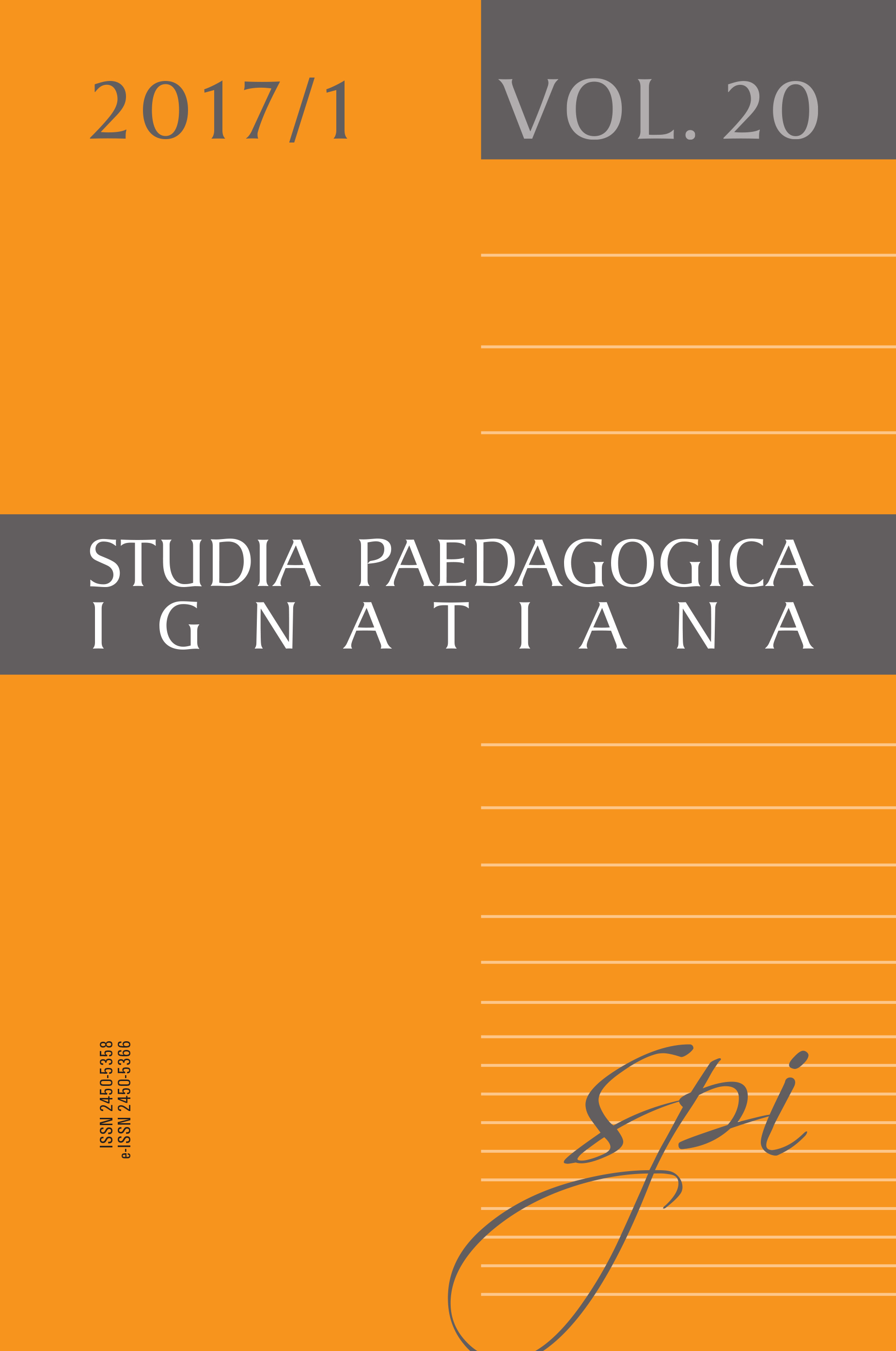
We kindly inform you that, as long as the subject affiliation of our 300.000+ articles is in progress, you might get unsufficient or no results on your third level or second level search. In this case, please broaden your search criteria.



The word has enormous meaning in a teacher’s practice. Basically, it can be treated as a transmitter of direct and indirect contents that have a positive or negative dimension. The word belongs to elements constituting the phrase, sentence, story, speech, etc. and performs many functions covering varied disciplines of science, one of which is pedagogy. It takes part actively in the process of upbringing that is realized with differentiated methods, techniques. They are rooted in the anthropological, ethical, axiological, and psychological domain and seem to be indispensable in the implementation of content. The results of their usage depend on many factors, perhaps the most important being the teacher’s approach to the choice of methods. The goal of the paper is to elicit the meaning of the word functions while applying a transactional theory to student’s upbringing through fairy tales. Hence, the presentation is to explain the notion of the “word” and then the “transactional theory” of Louise M. Rosenblatt, the “transactional approach” to upbringing, and the interpretation of words in the fairy tales.
More...
Stories help us to understand our own mental world and the soul of the child and its education. In stories we often find a moral message and the basis for the practical solutions to various educational problems. To understand the nature of the parable means also to find the key to open the spiritual dimension of our being. We deal just with a very small book, and allegorical story about the little prince from the planet B 612 in it, as Antoine de Saint-Exupéry described him, which carries an important message to a man at any age. The paper analyses the moral and educational message of the work The Little Prince as a description of the dramatic era in which the book was written. The universality of the message of this book (which can be possibly described also as a fairy tale for adults) bases in the fact that the message goes across every period, and every age of recipients in a various environments and conditions of life. It clearly speaks not only to kids who are being educated, but also to adults and teachers, regardless of whether they are simple or highly educated people. The Little Prince is a guide to the inner world of each human person. From a pedagogical point of view this work deals with the application of narrative as well as educative method, which are based on dialogic paradigm of philosophy and Christian humanism, especially personalism. The outline of the article develops the following analytical sequence: the background of the creation of the book, The Little Prince in us—a psychological reflection, the ideas in The Little Prince in relation to education, focusing on the moral formation of the child and the every human person.
More...
This article analyses the question of ethics in war circumstances as portrayed in two picturebooks: The Enemy by Davide Cali and Serge Bloch, and I will not by Naila Farouky and Ora Eitan. Aiming to prove that there are some children’s books capable of tackling complex moral issues, it looks at the underlying attitudes (for instance, the implied concept of the child reader) and artistic devices employed in these books (such as irony, conceit, rhetoric), which allowed the artists to talk about challenging issues with conviction, frankness, and most importantly, with moral insight.
More...
Children’s contemporary literature often presents an ambiguous and even immoral world of values, not to speak of Christian virtues, which are neither emphatically mentioned nor even faintly evoked. Theological virtues enhance human capacities and elevate every person to their highest being, to the supernatural order they are created for. Directly related to the Scriptures, for they are revealed, the theological virtues suggest an unavoidable and clear connection to God. In C.S. Lewis’ Chronicles of Narnia we find a useful counterexample to teaching morals through literature: these seven fantasy novels provide multiple examples of how to be faithful, hopeful and even how to practice the virtue of charity. Considering that through a fictional evocation of certain concepts these might be apprehended more significantly, in this paper we aim to explore new readings of the saga that go beyond a general approach in order to transcend its allegorical mechanisms and respond to criteria such as the virtue of charity and its two main features: vicariousness and forgiveness.
More...
Children’s contemporary literature often presents an ambiguous and even immoral world of values, not to speak of Christian virtues, which are neither emphatically mentioned nor even faintly evoked. Theological virtues enhance human capacities and elevate every person to their highest being, to the supernatural order they are created for. Directly related to the Scriptures, for they are revealed, the theological virtues suggest an unavoidable and clear connection to God. In C.S. Lewis’ Chronicles of Narnia we find a useful counterexample to teaching morals through literature: these seven fantasy novels provide multiple examples of how to be faithful, hopeful and even how to practice the virtue of charity. Considering that through a fictional evocation of certain concepts these might be apprehended more significantly, in this paper we aim to explore new readings of the saga that go beyond a general approach in order to transcend its allegorical mechanisms and respond to criteria such as the virtue of charity and its two main features: vicariousness and forgiveness.
More...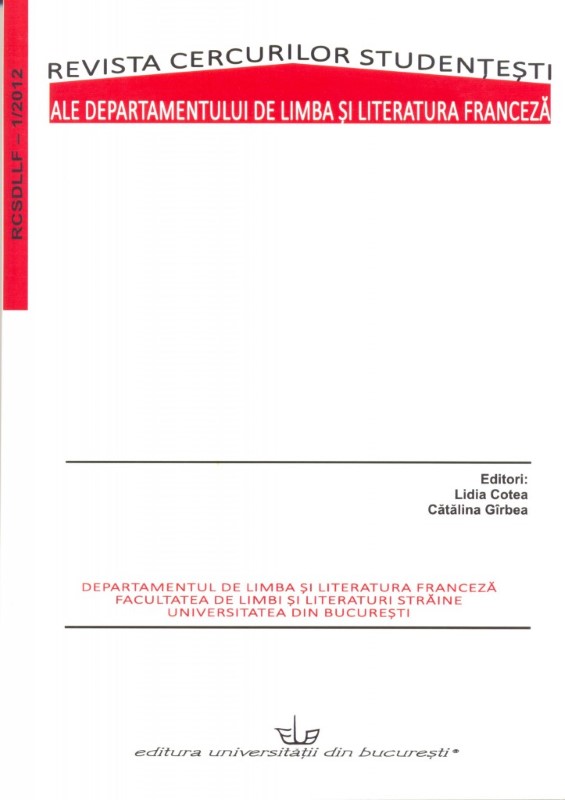
This paper discusses the image-text relations and puts forth the idea that visual experience is not fully accounted for by the model of textuality. A parallel is drawn between Henri Michaux’s work and Wittgenstein’s remarks about rule following in order to illustrate the pragmatic values of vision.
More...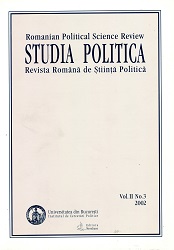
Les lectures de l’oeuvre du marxiste roumain C. Dobrogeanu-Gherea ont été plus critiques dans sa propre famille idéologique que sous toute autre perspective. L’article décrit les différentes visions de cette oeuvre très riche produites après 1945; la contestation idéologique et la contestation scientifique sont suivies par une tentative de récupérer les textes de Gherea, soit dans une perspective sociologique, soit dans une lecture philosophique. C’est ainsi que Gherea devient d’un ennemi de la doctrine officielle, anti-marxiste et anti-prolétaire, le premier sociologue marxiste au monde ou bien le Père fondateur du socialisme international. Lue autrement, ‘histoire des interprétations de Gherea décrit la carte intellectuelle du marxisme roumain d’après 1945.
More...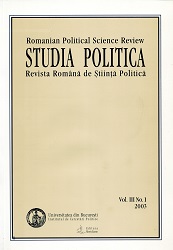
La naissance de I’État moderne en Europe occidentale s’est accompagnée de l’émergence de la pauvreté en tant que thème de Ia réflexion politique et des efforts pratiques du pouvoir politique d’écarter, même d’une façon violente, les mendiants de I’espace public. Au XVIe siècle sont énoncés les principes modernes de la réforme de I’assistance aux pauvres: interdire la quéte publique des aumônes, obliger tous les pauvres à travailler (même ceux atteints Par une infirmité moins grave), sécuriser exclusivement les invalides, les enfants et les vieillards, en raison de leur incapacité de travail. Les mendiants valides commencent à être considérés comme source de tous les désordres publics et sont voués à la répression (faite au nom même de Ia charité). Le grand enfermement du XVIIe siècle européen se propose d’écarter les pauvres de I’espace public et de les faire travailler (même des travaux forcés s‘ils refusent le marché libre). Cette évolution se produit en Valachie et en Moldavie au XVIIIe siècle. Au XVIIe et au début du XVIIIe siècle la mendicité des pauvres invalides et estropiés était tenue pour un métier licite. Dans les villes roumaines ceux-ci étaient organisés en corporations de gueux, autorisées par les princes régnants à vivre des aumônes. À Ia fin du XVIIIe siècle, ce sont les mêmes princes qu’interdisent la mendicité et ordonnent I’enfermement des pauvres malades aux monastères ou aux hôpitaux des pauvres malades (parus dès le début du XVIIIe siècle). Parallèlement, la merdicité des pauvres valides commence à être considérée un délit; on leurs ordonne de se faire embaucher sous peine de fouet. Parfois ils sont utilisés, toujours par ordre du prince, aux travaux publics. Toute mendicité publique est interdite en raison des dangers qui sont susceptibles de menacer la communauté envahie par les pauvres: maladies contagieuses, bagarres et désordres publiques, séditions populaires.
More...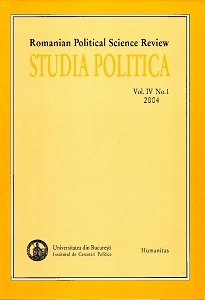
A eulogy of Norberto Bobbio, spotlighting the solitude of his liberalism in the Italian intellectual setting, tipically enticed by transformism and authoritarianism.
More...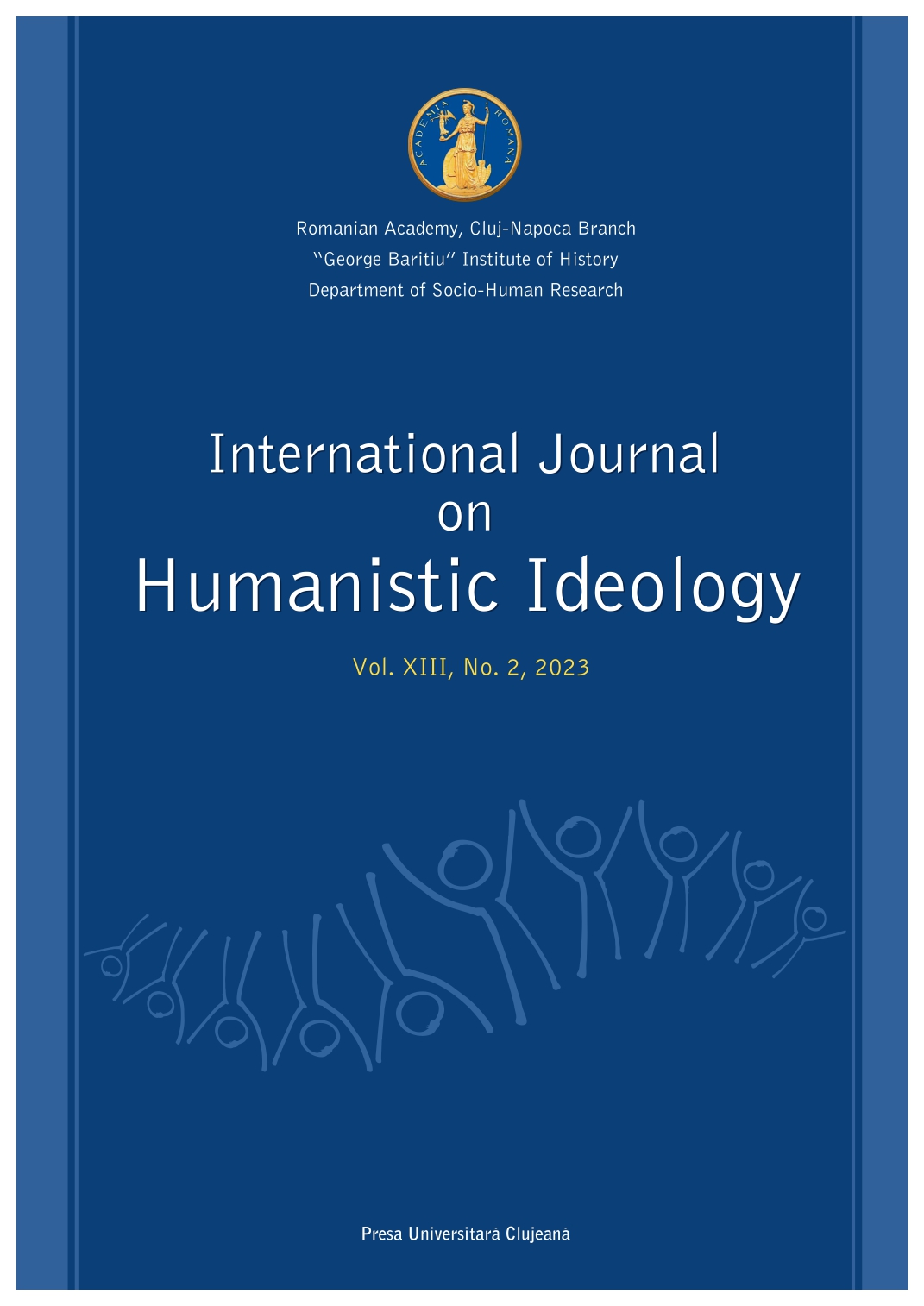
Dreams, nightmares, and other peculiar interferences of conscient states fascinated and still intrigue humankind. Besides the mystery and misbeliefs attached to these physiological phenomena, huge explanations were developed especially by psychoanalytic or philosophical theories, providing the interpretations of the content of the oneiric states. There is a tremendous corpus of scientific testing and explorations, which enables the adequate and subtle identification, diagnoses, and remedies of the variety of parasomnias. The multidisciplinary approach is coined as somnology and the oneiric are framed within the phases of sleep. Even if there are noticeable advances regarding the formal aspects of dreams, parasomnias, the content of oneiric states still relies on self-reports, if the remembrance is kept vivid and untainted. A clarification of the differences between nightmares and night terrors seems to be suitable. The nightmare is recognized as an independent diagnosis by the DSM-5. To pick up a nightmarish sequence in filmography would be too easy, choosing an opposite: the Morenian perspective of a surplus reality during a trance scene of the outlaw prostitute Cabiria while being subject of a hypnosis show led by a charlatan, which feeds all desires, phantasms of love, marriage, romance (Nights of Cabiria, F. Fellini, 1957). But the later reality experience, that seems to reenact the former trance, turns into a living reality nightmare. The final Fellinian escape from this scene is strange and surprising, but not as the frightening awakening from a nightmare. Nevertheless, the oneiric phenomena remain fascinating probably due to their partly unveiled mystery.
More...
In our field, we tend to hear and read about, and even to devote entire books, articles, and testimonies to the oneiric experience – generally associated with what Freud meant by the dream work – but how much analysis and reflection do we devote to the nightmare? Isn’t it, perhaps, another form of what we call the oneiric experience? What place for the nightmare – beyond Freud and Lacan, but not without them – in the clinical experience? This paper is accompanied by the fragmentary saying – is there another one? – of authors such as Walter Benjamin, Pascal Quignard, Artemidorus, Jorge Luis Borges, as well as the saying of some analysands who have passed through my office. By these means, I will articulate what in some cases has been interpreted as a failure and which constitutes, from my point of view, the triumph of all those parlêtres who let themselves be inhabited by what we would qualify as the demonic – thus recognizing themselves. In other words, I will approach what incubates, in the navel of the nightmare, through sex and death as figures of the real.
More...
The theme of the nightmare is not a very easy one to approach. Quiteobviously, we are dealing with something highly unpleasant, but what contributesto the challenge is also the aspect of experience – the experience of the nightmare,and this is implies something that is lived. Thinking about experience, trying to getsome knowledge out of it – some kind of knowledge about the worst – is already ameans of distancing oneself from it. I suppose one of the ways in which we coulddefine the distress proper to the nightmare is precisely that one cannot get out of it.And it is also what makes the vital need of a separation so urgent, the need expressedin awakening.
More...
The present article represents a psychoanalytic reading not only ofIngmar Bergmanʼs film The Hour of the Wolf/ Vargtimmen (1968), but also ofBergmanʼs personal hour of the wolf, related to an inner pain, to an atmosphericsilence and to the irreducible scar of anxiety. On the other hand, the article presentsthe expressionistic influences of the German school on the creation of the Swedishdirector, regarding the terror of the artist, the adventure of light and whiteness, thesomnambulism, the soul and its double – the shadow, and so on. The nightmare ofthe main character Johan Borg starts with his visit to the von Merkens family: themembers of this strange family can represent projections of his own psychoticreactions – cannibals, ghosts, vampires, living dead, parasites, spiders. In thiscontext, the bed where Johan meets his “perfect” lover, Veronica Vogler, integratesa binary topos of agony and raw sexuality, a pietà and also a lying-in state of thecorpse which allows the ovation and the consumption of the breath of the deceasedby the participants. Ultimately, the bed hides the dramatization and the voyeurismof the self.
More...
The impossibility of comprehension concerns not only the subject’s relation to the other, but it also extends between the subject and his past. Just likeFreud’s navel of the dream, in Mohssen Makhmalbaf’s film A Moment of Innocence(1996) the unravelling of the characters’ lives and the spinning of their phantasmaticperspectives start from the same point of radical lack of sense. The movie’s playbetween reality and fiction renders possible a shift from the violence of the past intrusion of real into the subject’s life to the temporized acknowledgement of the inconsistencies in his own discourse.
More...
The paper explores the tension between aggressiveness and violence regarding the intentional pressure (Lacan). It gives an account on thephenomenological take on intentionality in favor of the idea that the subject-objectrelation is indispensable for the conscious being. Psychoanalysis goes further andshows that such a relation has also an unconscious element which is essentiallyaggressive and structural. In order that the aggressiveness does not become violence,a process of sublimation is needed. This paper demonstrates that in nightmare sucha process is deficient, having to do with the forbidden object. Consequently, thequestion of incest arises. The movie The Incubus (1982) is a good example of what happens when the limit between subject and object is pushed, and it shows what would happen if that limit was removed.
More...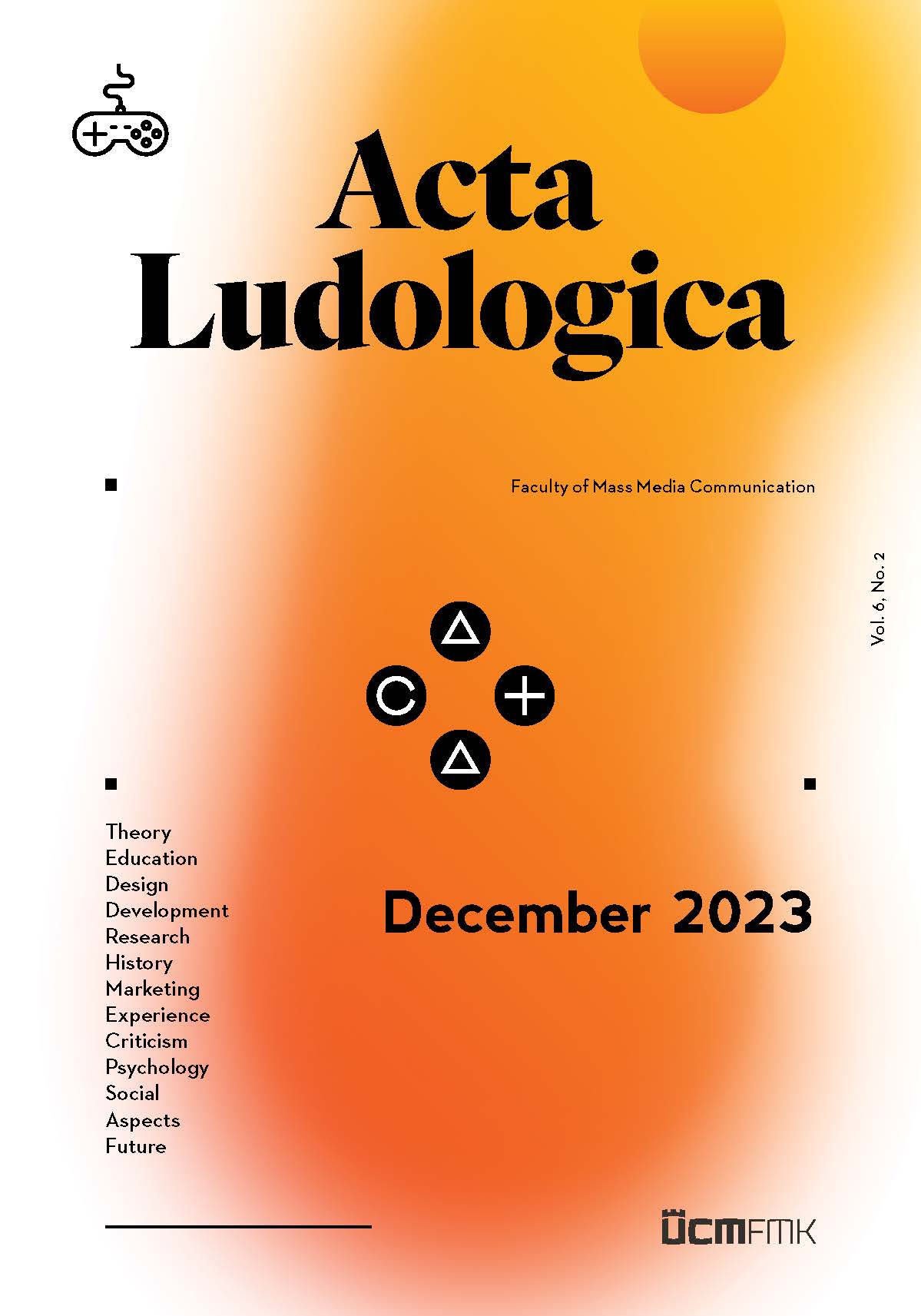
A player’s subjective interaction with a digital game is referred to as player experience. The consequence of playing a game affects a player’s thoughts, feelings, attitudes, and behaviours. To measure player experience there are various qualitative and quantitative methods. Iterative game development and play testing sessions enhance and optimize game designs, to determine the impact of functional and psychosocial consequences of gaming in various cultures, a credible scale is required. To be able to measure and analyse player experience, this study aimed at adapting the ‘Player Experience Inventory’ (PXI) scale developed by V. V. Abeele1 to Turkish. The results of test-retest analysis and back-and-forth translation demonstrate that linguistic equivalence is not applicable for the Turkish variant. Only one item for functional – audio-visual appeal – and two items from psychosocial – immersion and autonomy – consequence of gaming have a proper factor structure. In this way an adaption study was carried out by confirmatory factor analysis (CFA) and explanatory factor analysis (EFA) with three items from the scale. The validity and reliability of the scale and relationship of audio-visual appeal of gaming on game enjoyment were tested and this article proposes a model for the functional and psychosocial consequences of gaming.
More...
This research paper aims to provide a picture of women’s participation in various positions in the field of digital games in Slovakia, such as creators of game content, women involved in eSports, the gaming industry, casual gamers as well as women working in the field of digital game education. Based on theoretical knowledge and qualitative in-depth interviews with seven women working in various positions in the gaming industry, the women’s positive and negative work experiences, and the problems and obstacles linked to their gender were identified. The research is specifically focused on the situation of women in the gaming industry in Slovakia. The results show that female gamers and streamers face negative behaviour from their fellow players and viewers which may result in an array of negative consequences. Findings also indicate that the low representation of women insome areas of the gaming industry is a consequence of prevailing gender roles in society. Furthermore, women’s participation in eSports and competitive gaming is limited due to toxic meritocracy, prevailing masculinity and sexism.
More...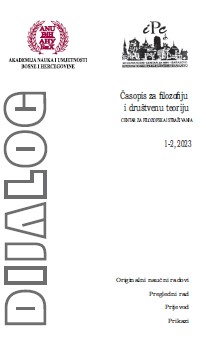
Review of: Elmana Cerić i Haris Cerić, Strip kao medij filozofske poruke: stripozofski pristup nastavi filozofije, Druga gimnazija, Sarajevo, 2020, 172 str.
More...